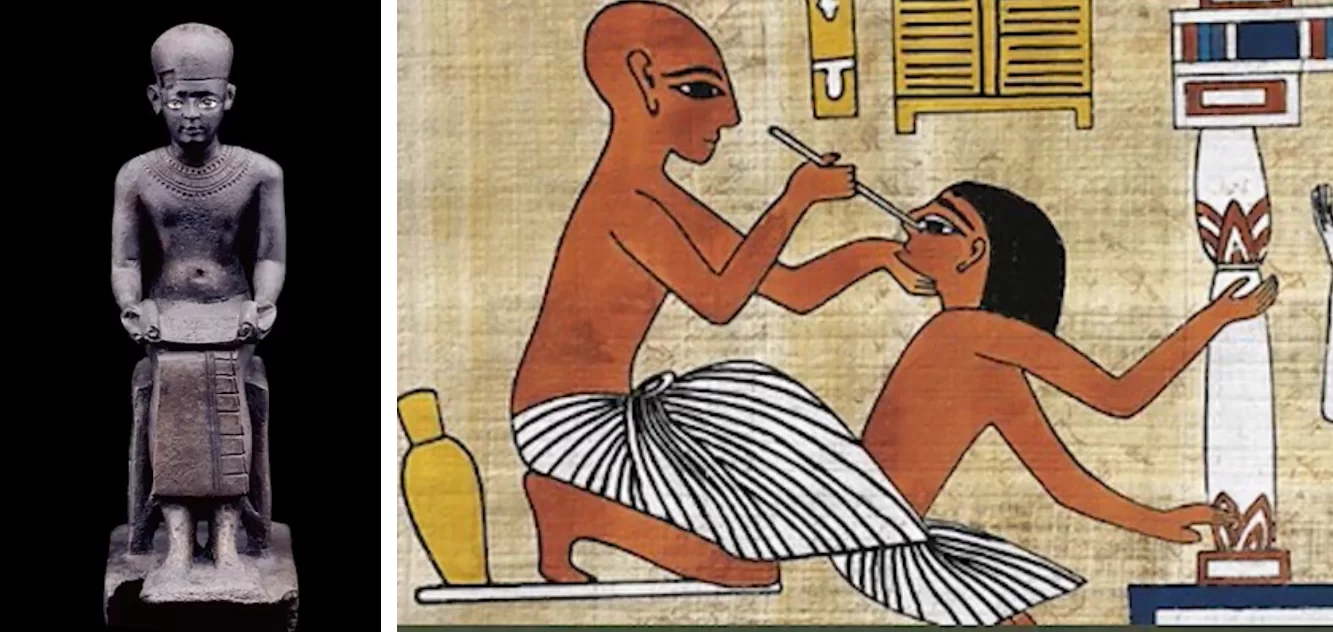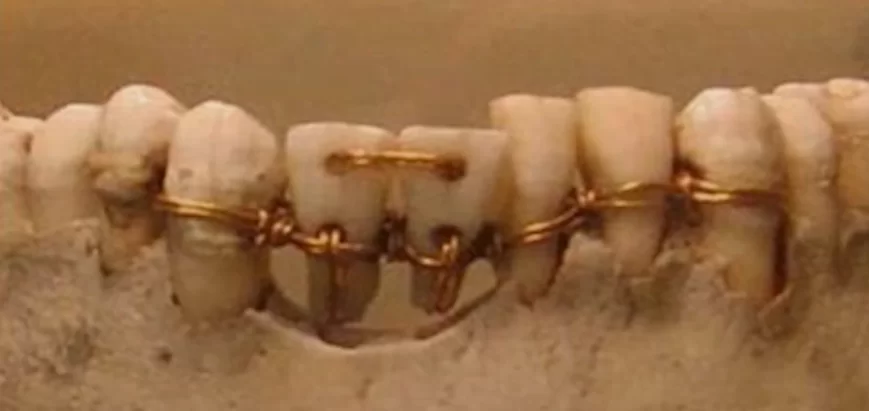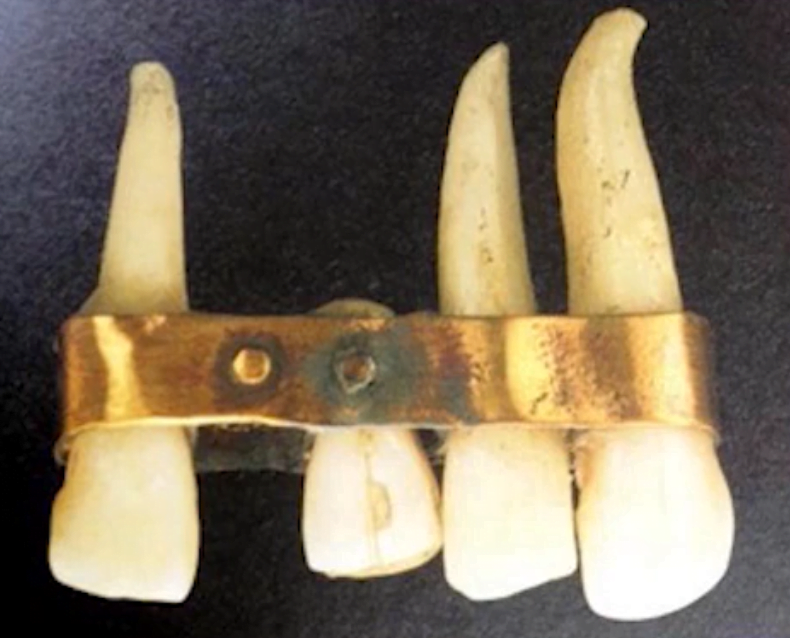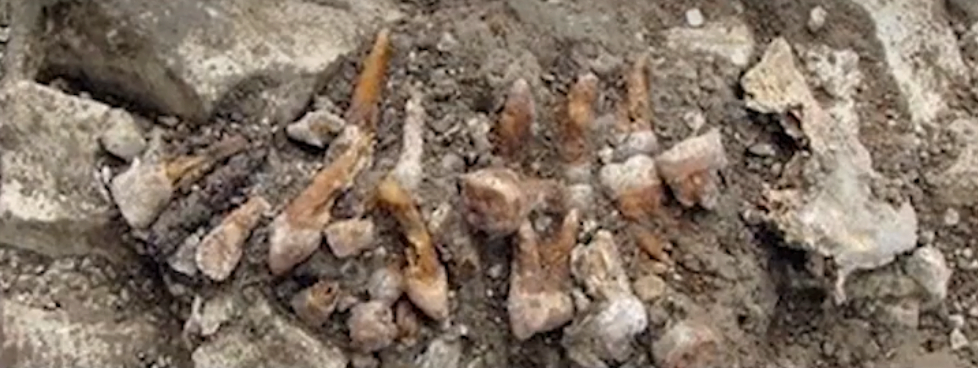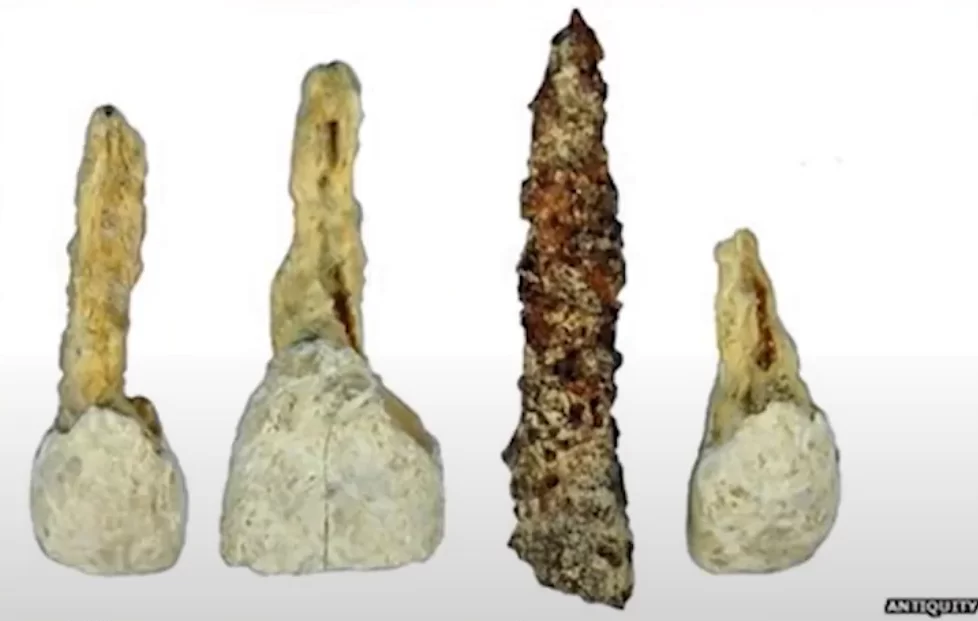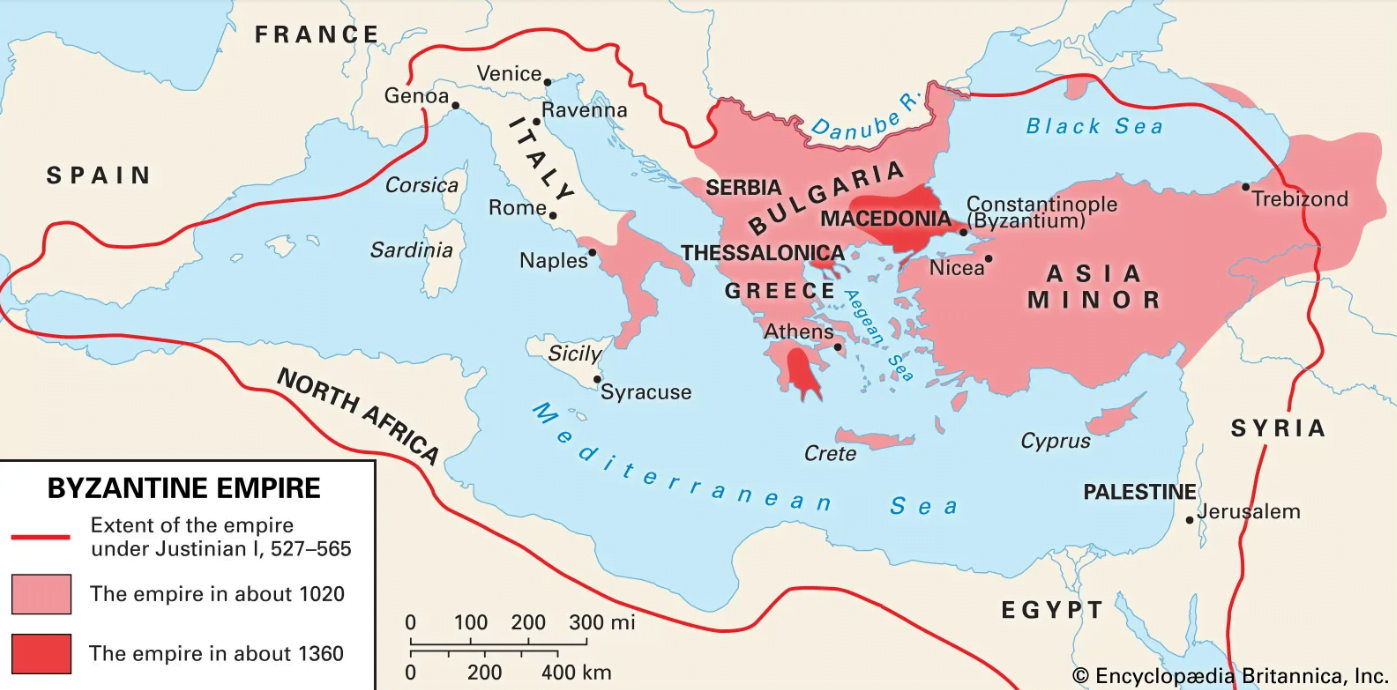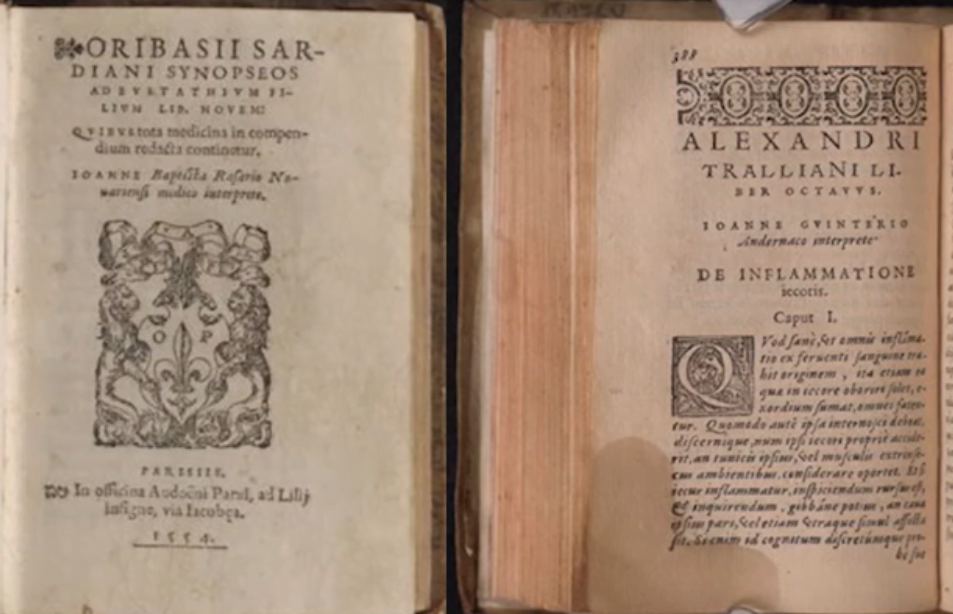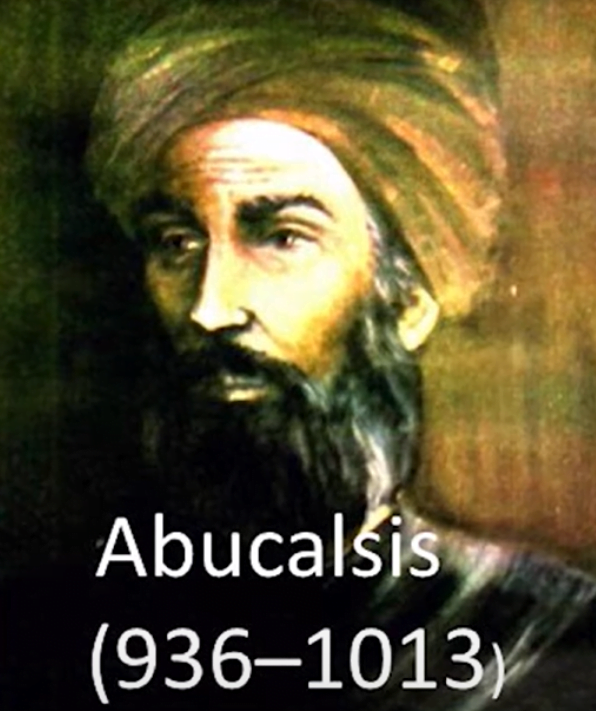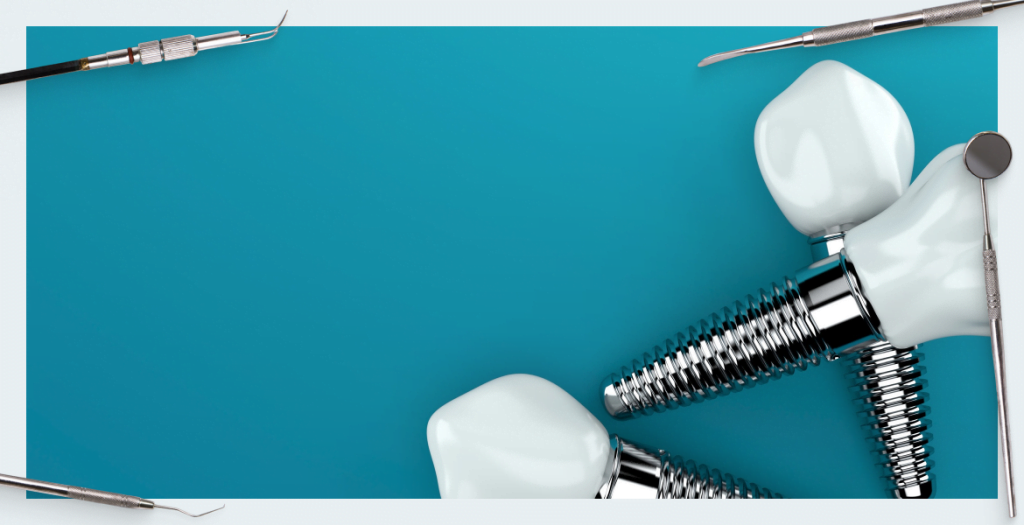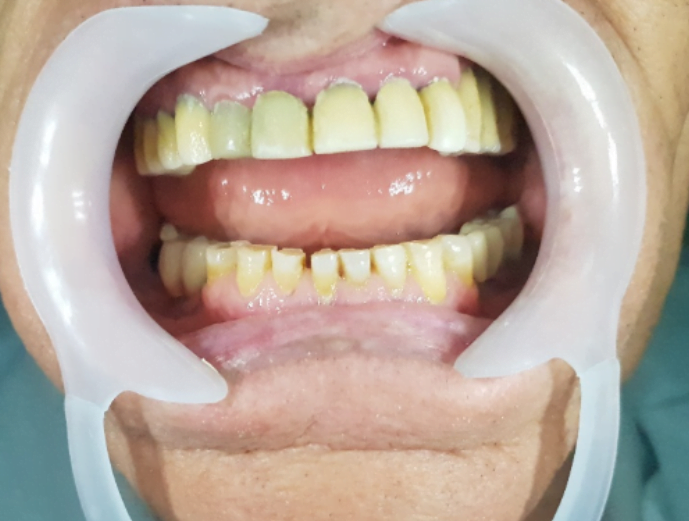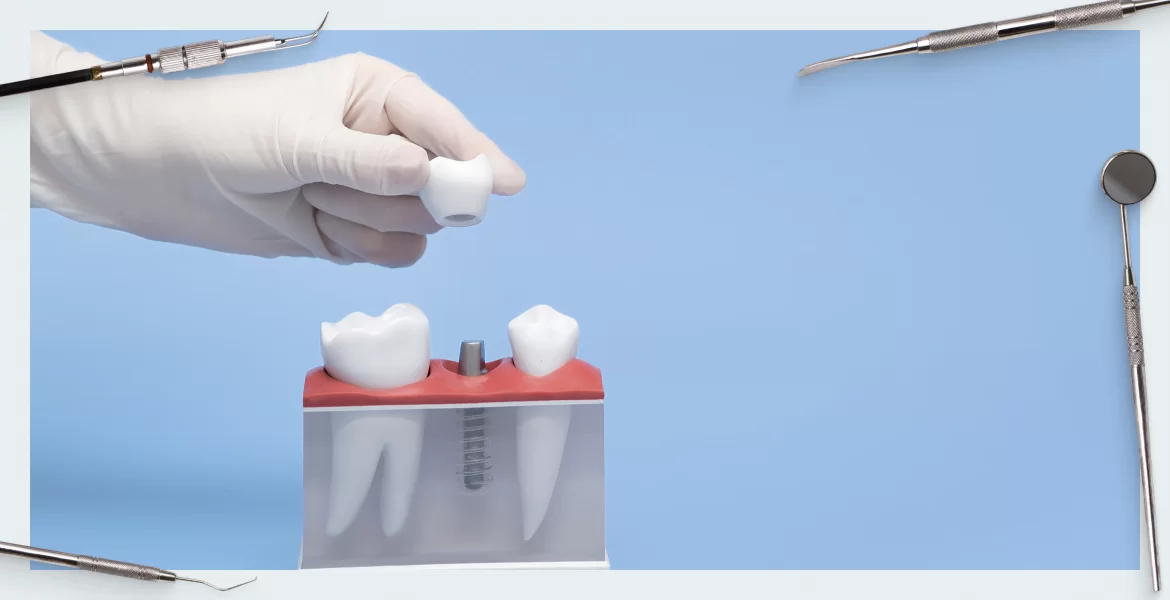
Contents
In this article, we will analyze how dentistry has developed, in particular dental prosthetics, from antiquity to the present. Using the benefits of modern medicine, we often do not even imagine how people managed without dental offices in past centuries. We will try to give an objective historical picture, and besides, it's just interesting. After all, our ancestors were very inventive and some decisions of ancient healers are original, interesting and very practical.
Dentistry in antiquity
Before diving into history, let’s define some terms. Implantation in the general sense means a surgical intervention with the implantation of materials alien to the body into tissues – biologically compatible metals titanium, gold, etc., as well as some types of plastic.
There are other types of implantation in which the tissues of the patient himself or the biological tissues of other people and animals are used. They’re called:
- Transplantation is the implantation of living organs and tissues from another donor organism.
- There is a special case of autotransplantation – this is the transplantation of the tissues of the patient himself, for example, transplanting a tooth from one place to another.
- Replantation is the implantation of a tooth or other organ belonging to the patient in place of a tooth lost due to an injury.
- Heterotransplantation is the use of bovine or ivory animal teeth for implantation in the recipient’s body.
- Allotransplantation is the transplantation of a tooth or other biological material taken from another person.
In this article, all the cases described above are called implantation.
In fact, implantation is one of the oldest methods of dental treatment. Ancient, probably, only the procedure for removing teeth. The first archaeological finds of attempts to treat teeth date back several hundred and even thousands of years BC. In particular, there are references and finds in ancient India, which date back to 7,000 BC, about the first successful experiments in dental implantation. 2,500 years before our era in ancient Egypt, there were also cases of successful dental implantation. Moreover, history knows the name of one such specialist – it is Imhotep.
This man was known not only as a brilliant healer, but also as a successful court official, architect and thinker. Truly, only in antiquity could there be such universal geniuses. In this age of narrow specialization, it takes at least 20 years to become an expert in one area. In written sources, there are records that he was engaged in successful replantation and implantation of teeth. In the photo below is an example of restoration using gold wire.
True, it is impossible to establish that this is exactly the work of Imhotep, but the time coincides, and if this is not the work of Imhotep himself, then surely it is one of his followers and students.
In this find, the patient’s own teeth, lost for some reason, were used for restoration. They were drilled and secured to the remaining teeth using gold wire. In addition, if you look at the necks of the teeth that fell out, they were quite deep relative to the level of neighboring teeth, which means that during life they were probably covered with soft tissues. So this is also a kind of implantation, if not in the bone, but such a procedure can be called soft tissue implantation.
There are also quite a lot of finds and evidence in the Etruscan culture, the earliest of which date back to 500 BC. Gold was also actively used here for the manufacture of bridge structures, ligatures, etc. See photo of the archaeological find below.
Missing teeth were restored with the help of bovine bone, the teeth of other people, including those taken from slaves. The Phoenicians around the same time used ivory.
Closest to the concept of modern implantation is a find from a rich burial found in Le Chesne, France. The burial dates back to the 3rd century BC.
Among other remains, an iron rod was found, which was located between the central incisors and was clearly immersed in bone tissue and the person lived with it and used it as a tooth prosthesis for quite a long time. More precisely, with a high probability, there was a crown on the iron rod, which was made of another material; it could be hard wood, a fragment of an animal’s tooth, or something else.
This discovery will be considered the first implant in history that is close to the modern concept of implantation and subsequent restoration of teeth using a crown.
Also, history has preserved the names of famous healers of antiquity, the most famous of which are Hippocrates and Galen. They lived at different times. Hippocrates lived around 400 BC; Galen lived from 129 to 216 AD.
After both, works were preserved, where there were descriptions of the restoration of the dentition. Galen has many more such descriptions.
How teeth were treated in the Middle Ages
The next era that we are interested in is the time of the Byzantine Empire, which existed for 10 centuries.
It was already a time of high writing, and many written sources have been preserved that were left by the doctors of that time. In the photo below are the books of Oribasius (325 to 403 AD) from Pergamum and Alexander of Tralles (525 to 605 AD). In the photo is the third book of Alexander of Tralles – Diseases of the Mouth. They, too, were engaged in the treatment of toothless jaws.
We also know about another famous healer of the Byzantine period, Paul of Aegina (625-690 AD). He was actively engaged in the replantation of teeth, as well as implantation and restoration at the expense of adjacent teeth. To better understand what level of medicine was reached in Byzantium, look at a snapshot of a book on medicine of that time, which shows the separation of conjoined twins, in the portrait on the right Pavel Eginsky.
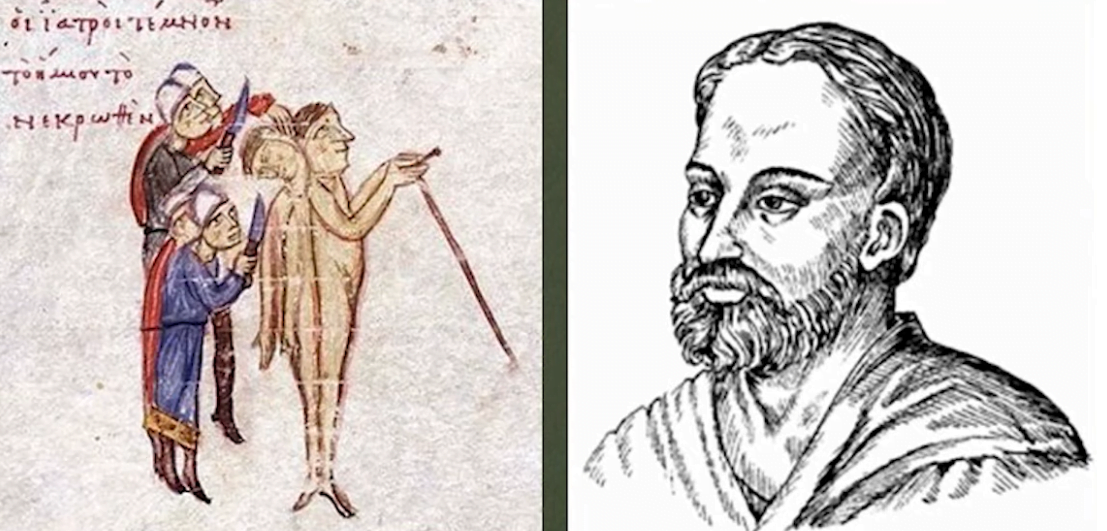
Illustration from a Byzantine reference book on medicine describing the operation to separate conjoined twins by Pavel Eginsky
It was during the Byzantine Empire that centralized medicine appeared. If you think that the first hospital that appeared in Europe was the Charité, then this is not so. Large hospitals first appeared in the cities of Byzantium, where there were narrow specialists, the head physician and the whole structure was very similar to the modern one. Moreover, at the hospitals of the Byzantine era there were even ambulance services, where there were the stables, ambulances, coachmen, etc.
Now let’s move from Europe and Asia to the American continent, where in the middle of the 20th Century, on the territory of modern Honduras, remains were found from among which we are interested in a fragment of the lower jaw in the burial of the Mayan culture, see the illustration below.
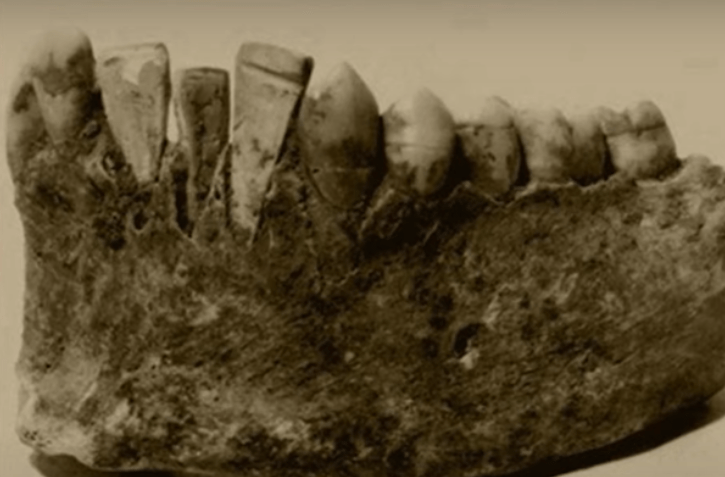
Fragment of the lower jaw – three lower incisors replaced with processed shells of mollusks
6th century AD Peabody Museum Harvard
The photo shows that the incisor prostheses enter the bone and restore the dentition. Prostheses made from processed shells were found separately, and at first scientists believed that they were installed posthumously for the patient to move into a better world without defects. These remains lay in storage for a long time until a Brazilian dentist and implantologist noticed that these artifacts had calculus (tartar). This led him to the idea that these artifacts were implanted during life and served as teeth. After that, a fairly deep study was carried out using X-rays. It turned out that these are the remains of a girl who may have been 14-16 years old, who had three implants installed during her lifetime. It was confirmed that these implants were fully integrated and the patient could use them.
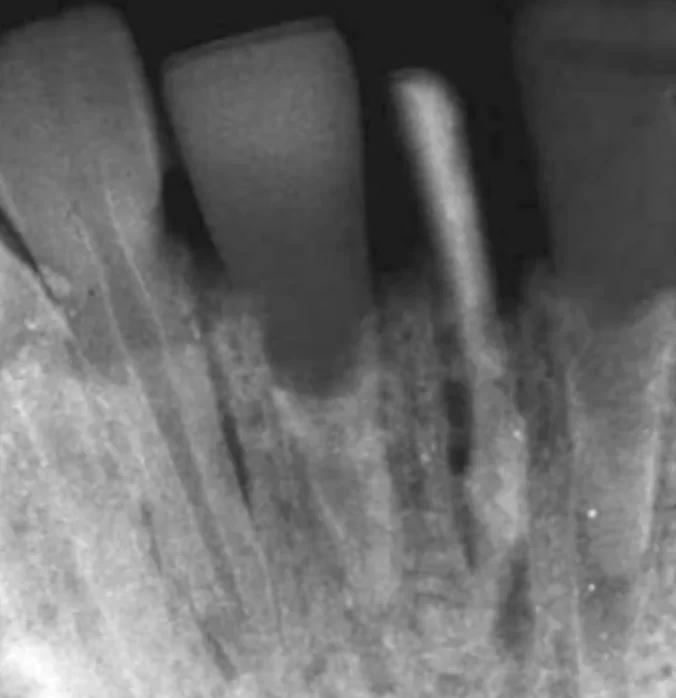
X-ray image of the restoration of the dentition using processed shell fragments
Mayan culture 6th century AD
This find is documentary evidence of successful implantation, in contrast to the iron rod from France, where there are still questions and it is not clear how successful the implantation was.
In the medieval era, unfortunately, there were not many finds and talented doctors. However, it is worth mentioning the Arabic healer of the 10th century, Abucalsis (936 to 1013 AD), who successfully implanted allogeneic teeth, made and implanted prostheses from animal bones and made splinted structures from gold wire.
Dentistry in the Renaissance
Many written and other sources have remained from this era, and the first one I would like to mention is Ambroise Pare (1510 to 1590). This man made an invaluable contribution to the development of medicine, in particular surgery. It was he who first began to tie up large vessels in the treatment of gunshot and other types of wounds received during battle. Dental replantation was generally made a routine procedure that any more or less qualified surgeon could do. It was he who proved and stopped the practice of cauterization of wounds, which caused even more harm.
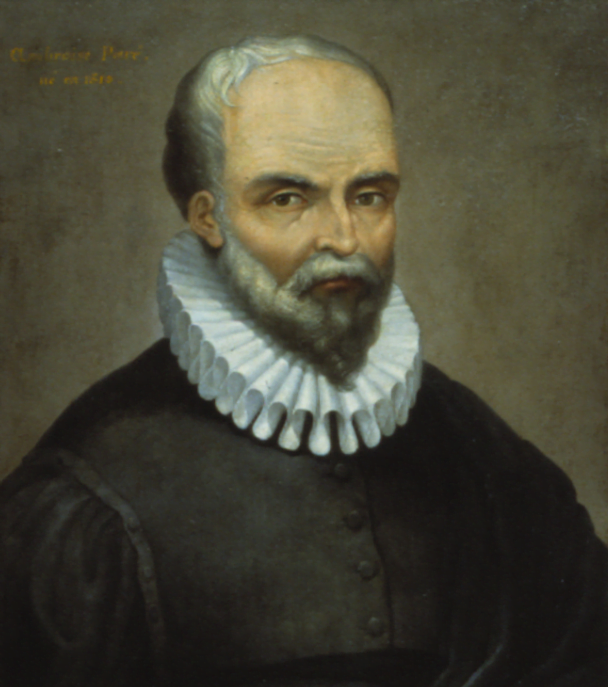
Ambroise Pare (1510 to 1590) – French doctor, founder of military field medicine, also did a lot for the development of implantology.
He was the first to write a book on medicine in French, and not in Latin, as was the custom at the time. It is curious that he did not enter the University of Paris and did not receive a full medical education of that time and simply did not know Latin well. However, his book was more popular than the academic writings in Latin of his contemporaries who did not have so much practical experience. Ambroise Pare, being a barber, developed many surgical techniques. He brought back the forgotten practices of the past, for example, the obstetric turn on the legs that was well known in antiquity, but was not used in medieval Europe. However, we are interested in him as a specialist in dental replantation, because, as a military field surgeon, he always dealt with a large number of injuries, including knocked out teeth.
It is noteworthy that from being an ordinary barber, Ambroise Pare managed to make a dizzying career; he became not only a famous and influential medical figure, but also became a royal doctor.
A remarkable case is known when one of the princesses had a toothache and the tooth had to be removed, but the treatment did not end there. The princess was transplanted with the tooth of her lady-in-waiting. Of course, for modern society it looks wild, but in those days little attention was paid to the moral and ethical side. We admire the courage and skill of the surgeon, who performed such an operation successfully and the princess used this tooth for many years.
At the same time, a certain doctor Dupont lived in France, who developed his own method of treating pulpitis. He pulled out the affected tooth, and then replanted it back, and with a high probability the pulpitis passed, and the tooth took root.
The next Renaissance doctor is Pierre Fauchard, also a Frenchman, but he lived a century later.
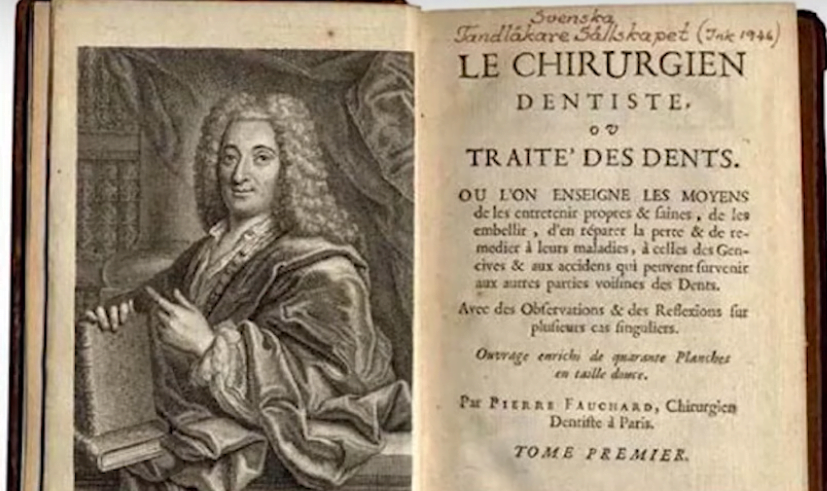
The book The Surgeon-Dentist or Treatise on the Teeth – Pierre Fauchard French Physician Founder of Modern Dentistry (1678-1761)
This man is considered to be the father of modern dentistry because he:
- For the first time, he seated a patient in a specially designed chair with a headrest and armrests. Before, these patients were treated lying down, and instead of anesthesia, several strong assistants were used to securely hold the patient in place.
- Pierre Fauchard invented and began to use a drill.
- He was the first dentist-microscopist because he used the microscope invented by Leeuwenhoek to study tissues and the microbiota. In this way he tried to discover the cause of caries.
- Pierre Fauchard left descriptions of implantation operations. This is not only replantation, but also allotransplantation (transplantation of other people’s teeth). As well as descriptions of various materials that he used for implantation and caries treatment. He used amalgams to treat caries.
The review turns out to be quite voluminous. We will continue to get acquainted with the history of dental implantology, which will be continued in the next part.

